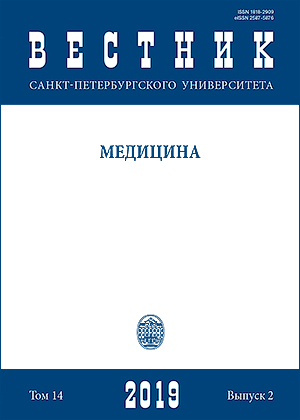Growth hormone treatment strategies in assisted reproduction for the poor responder patients
DOI:
https://doi.org/10.21638/spbu11.2019.205Аннотация
The goal of the study was to estimate the efficacy of growth hormone (GH) co-treatment to the antagonist protocol in IVF/ ICSI cycles in poor responders. A prospective observational study involved 75 patients. All patients underwent standard antagonist protocol with or without GH co-treatment. GH additional was given a daily subcutaneous injection of 1.33 mg (equivalent to 4 IU) of GH from day 1 of ovarian stimulation until the day of human chorionic gonadotropin (hCG). Concentrations of GH, insulin-like growth factor I (IGF-I) and IGF binding protein-3 (IGFBP-3) in serum and follicular fluid were analyzed. The GH co-treatment significantly lowered effective dose of gonadotropins, duration of stimulation, IGFBP-3 level in serum and follicular fluid day of oocytes retrieval. The number of oocytes recovered, metaphase II stage (MII) oocytes, 2 pronucleus (2 pn) zygote, good-quality transferred embryos were significantly higher in the GH+ group. Only patients GH+ group became pregnant. Positive correlation was found between IGF-I level in follicular fluid, dynamics of IGFBP-3 level changes during stimulation protocol and number of good-quality transferred embryos in the GH+ group. GH administration in IVF/ICSI cycles for poor responders raises ovarian sensitivity to the gonadotropin exogenous influence, this way, increasing number of high-quality embryos and the probability of pregnancy.
Ключевые слова:
growth hormone; poor ovarian response; in vitro fertilization (IVF); assisted reproductive technologies (ART)
Скачивания
Библиографические ссылки
References
Загрузки
Опубликован
Как цитировать
Выпуск
Раздел
Лицензия
Статьи журнала «Вестник Санкт-Петербургского университета. Медицина» находятся в открытом доступе и распространяются в соответствии с условиями Лицензионного Договора с Санкт-Петербургским государственным университетом, который бесплатно предоставляет авторам неограниченное распространение и самостоятельное архивирование.




